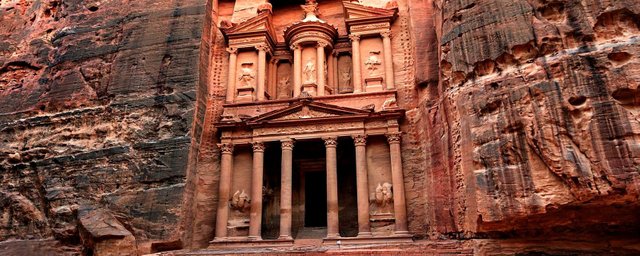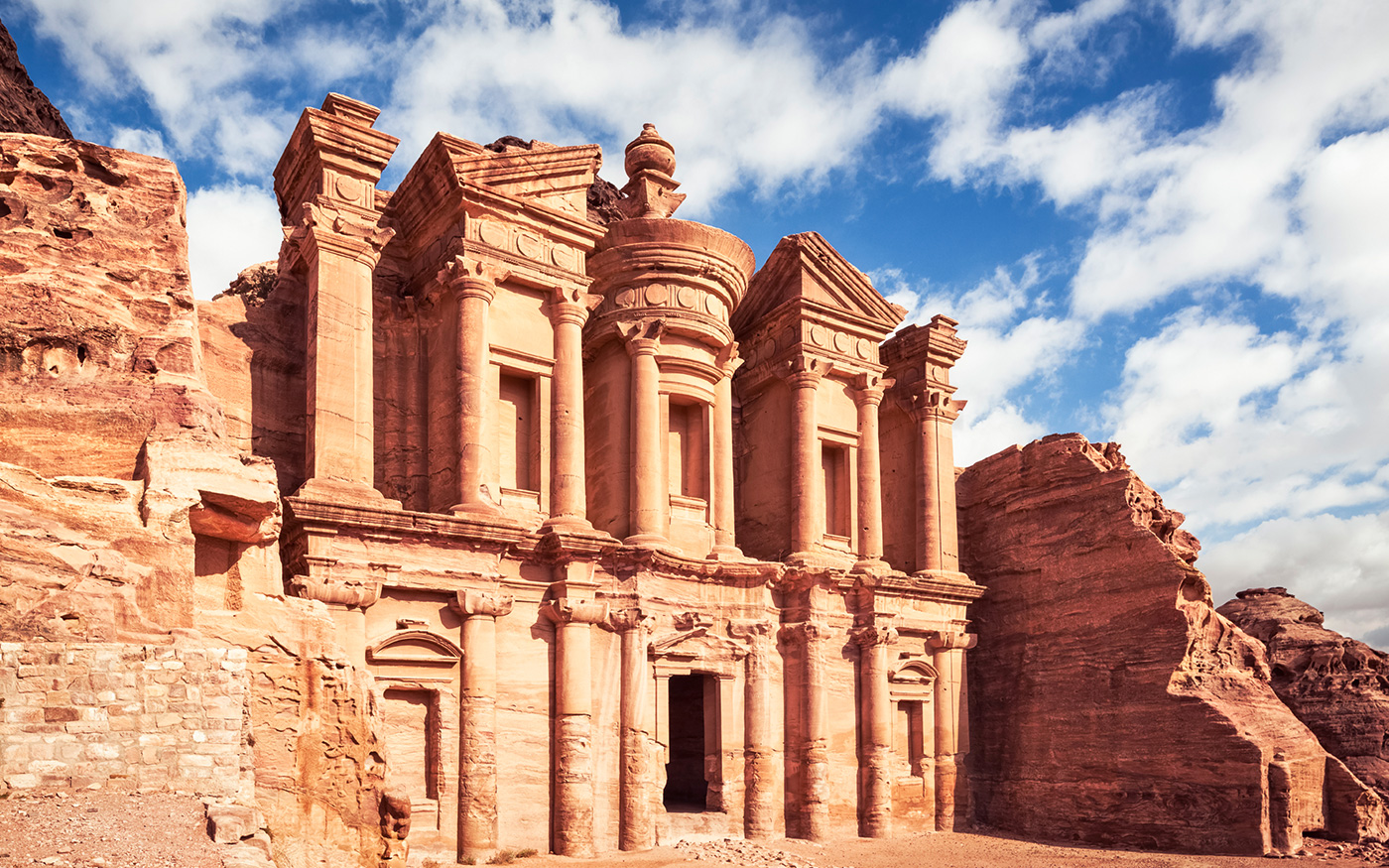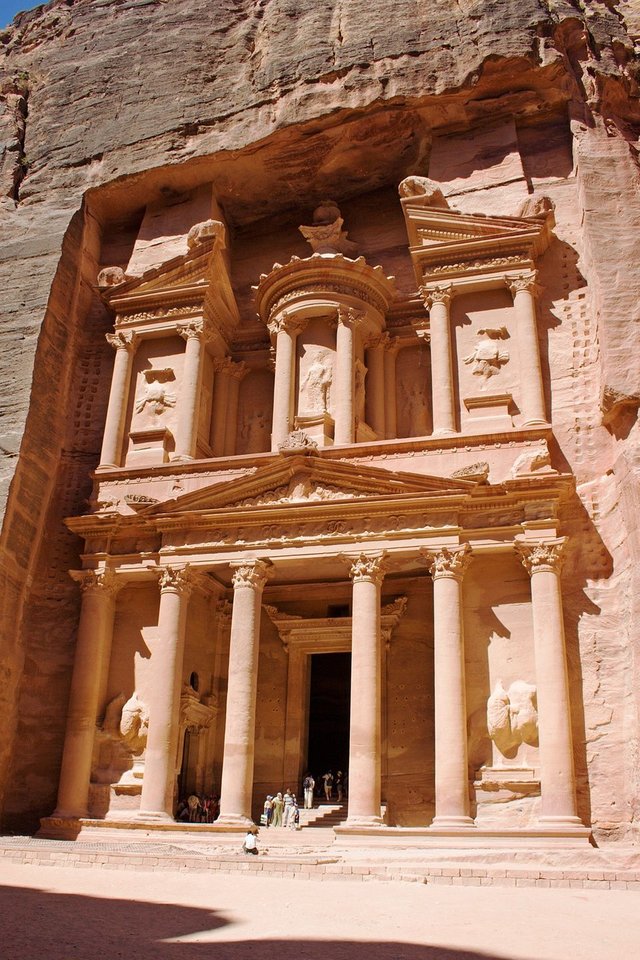🌎🌍🌏Seven Wonders of the World🌎🌍🌏
Machu Picchu, Peru.
The controversy was aroused by the mobilization of inhabitants in many countries to vote for their monuments. The Peruvian authorities have launched computer terminals in Lima to increase Machu Picchu's chances of winning. The ruins of the famous Inca city in the Peruvian Andes are a very popular tourist attraction, located on a 2090-2400 m high pass, 112 km from Cuzco. The walls of light granite were incorporated into previously existing rocks according to comprehensively developed plans in the second half of the 15th century. The settlement was inhabited by priests, guardians of temples, aristocrats and soldiers. Dozens of terraces cultivated on the nearby steep slopes allowed to feed the entire population. Located at various levels, the city had a system of ducts carrying water collected in rock-carved tanks. Machu Picchu is the best preserved Inca city.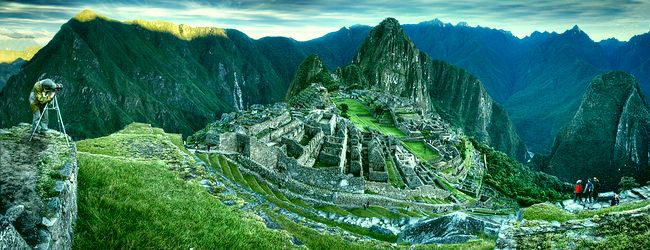 .
. 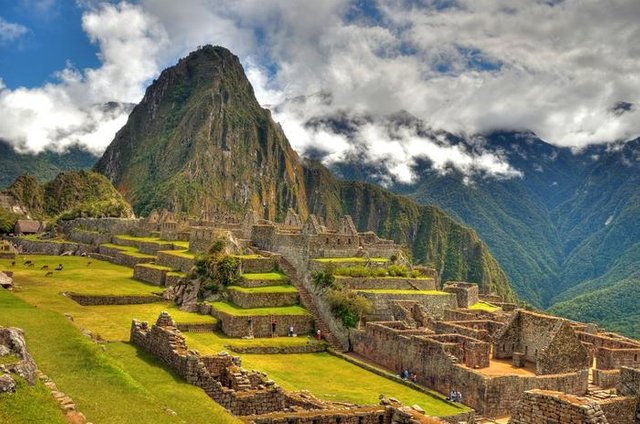 .
. 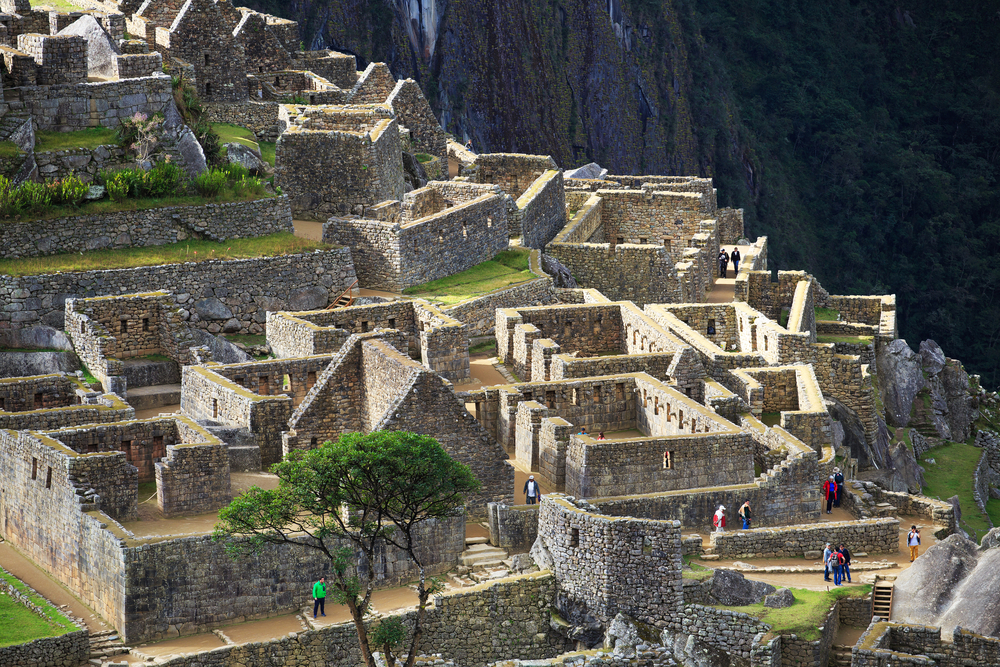 .
.
Statue of Christ the Redeemer in Rio de Janeiro, Brazil.
In 1921, a collection of money for the construction of a monument commemorating the hundredth anniversary of Brazil's independence began in churches across Brazil. The 38-meter statue of Christ with outstretched arms covering the city and welcoming arriving guests was designed by the French sculptor of Polish descent Paul Landowski. The monument was unveiled in 1931. The famous building on the top of the Corcovado granite is now one of the symbols of Rio de Janeiro. You can reach it by road or train. 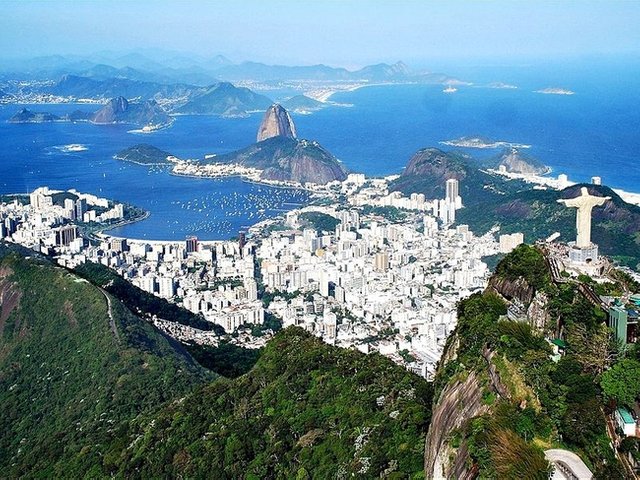 .
. 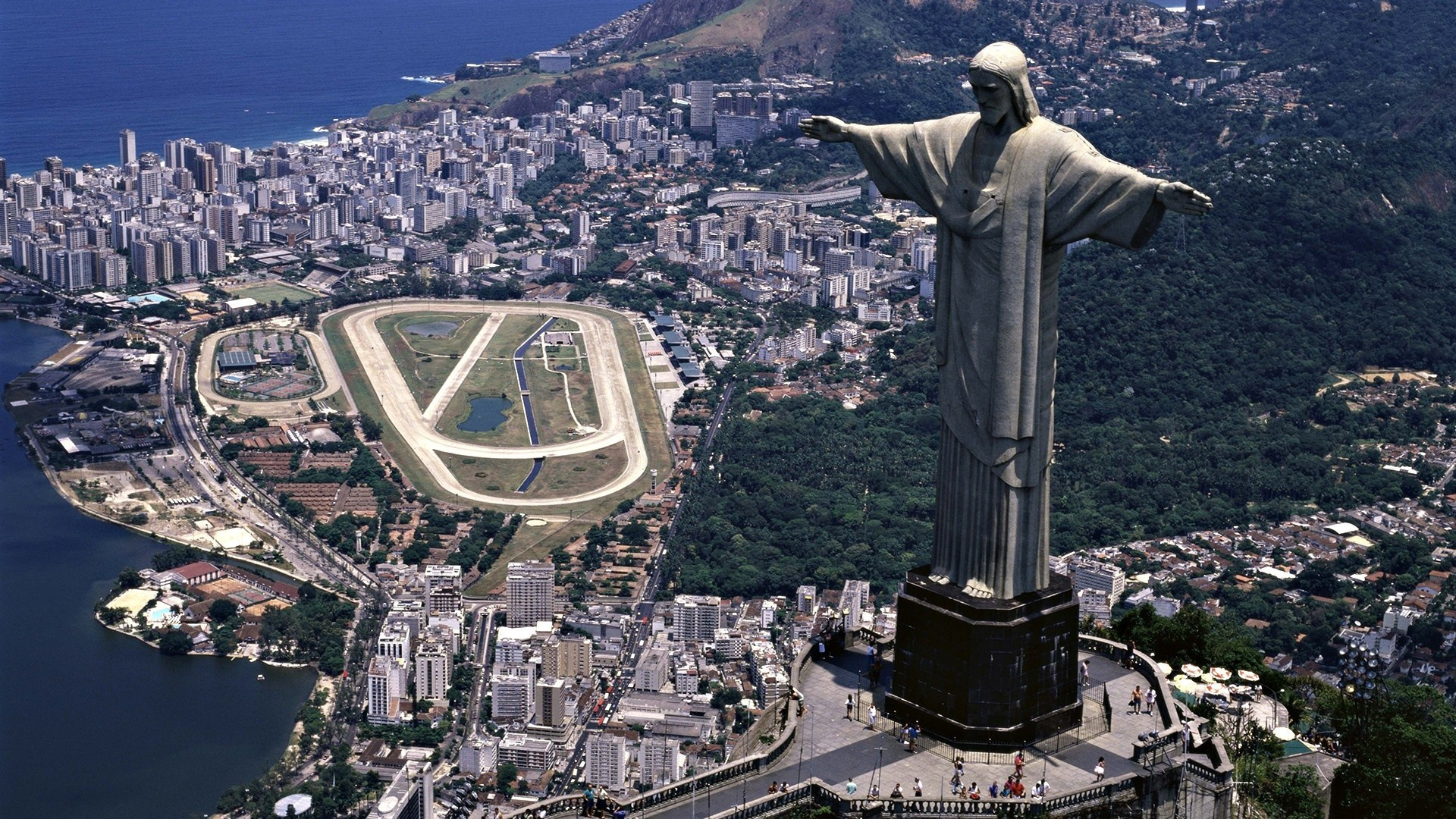

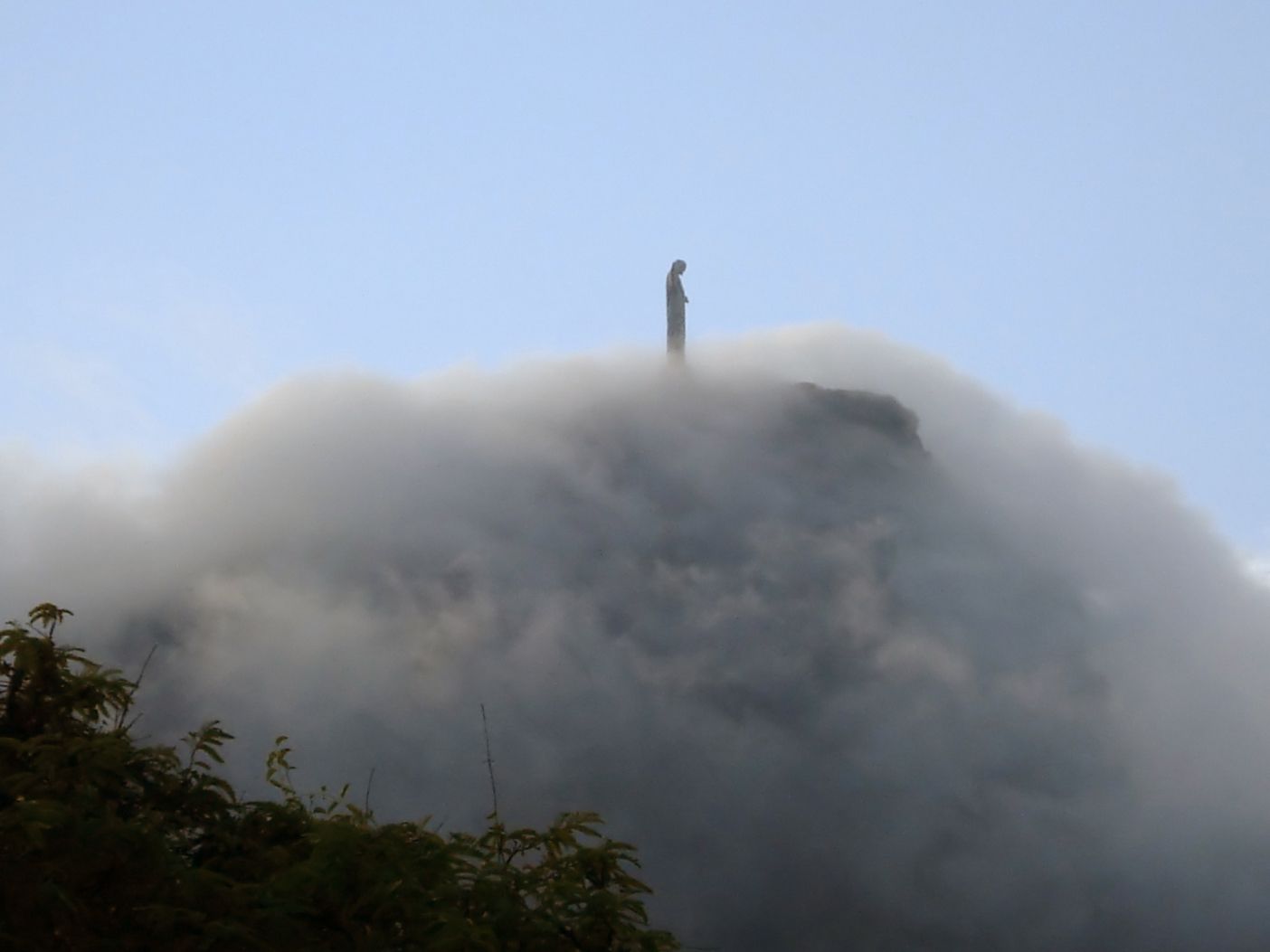 .
.
Taj Mahal, India
The characteristic white building is visible on most postcards from India. Taj Mahal is sometimes called the temple of love, because the object is a mausoleum erected by the sultan Shah Jahana in remembrance of the prematurely deceased wife Mumtaz Mahal. The construction of the marble complex lasted 22 years during the rule of the Mughal Empire. The body of the building is an example of an eclectic Mogul style in the art of India, which combined Muslim and Persian elements with native Indian motifs. The monumental mausoleum was erected on mahogany stilts on marshy ground, right on the banks of the Yamuna River. They are surrounded by perfectly maintained gardens.
During the election of the new seven wonders of the world, the Bollywood stars encouraged the support of the famous mausoleum in Agra.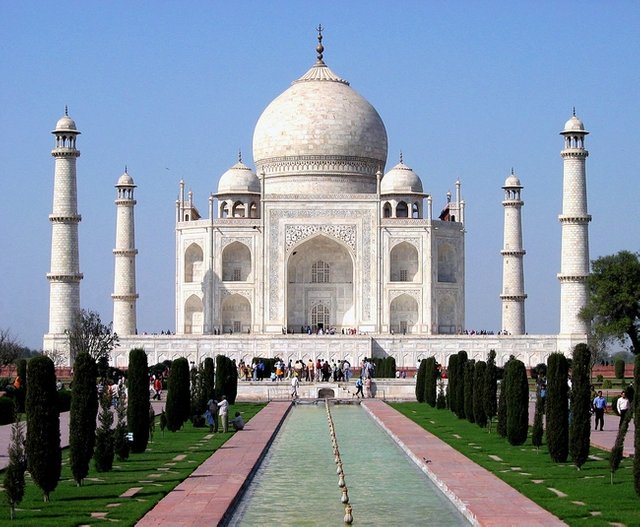
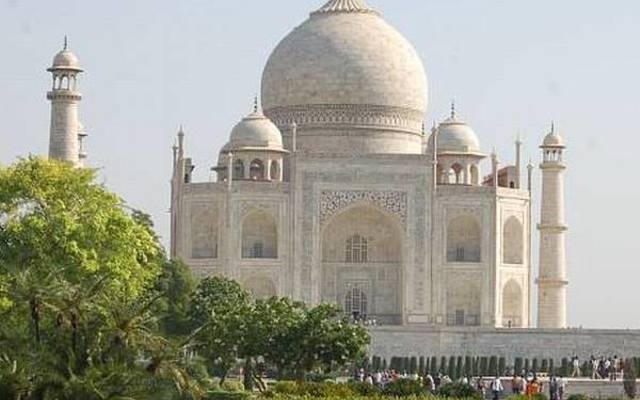
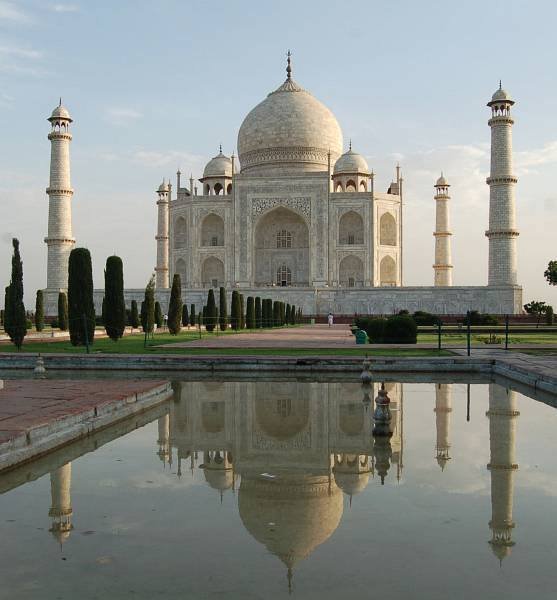 .
.
Colosseum, Italy
This amazingly modern amphitheater was erected in Rome in the 1st century at the foot of Esquiline by the Emperors of the Flavian dynasty. Each storey of external arches was built in a different style (Doric, Ionian and Corinthian columns). The elliptical building with a circumference of 524 m and height of 48.5 m was erected from travertine, tuff and brick. A several-storey audience could accommodate up to 50,000. viewers. 80 numbered entries led to the Colosseum (signs from No. XXIII to LIV have survived) as well as a system of stairs and corridors that allowed to quickly leave the audience. During the cruel struggles of gladiators, the spectators protected the metal grille. Wild animals and slaves were placed in the system of underground corridors. During the sea battles the arena was flooded with water. On rainy or hot days it was possible to cover the entire audience with canvas. The building housed buffets, locker rooms, showers, and even elevators that were delivering raging animals from cages straight to the arena during the bloody games. 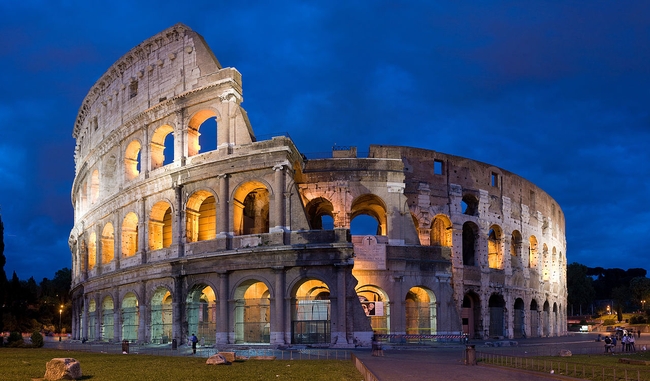
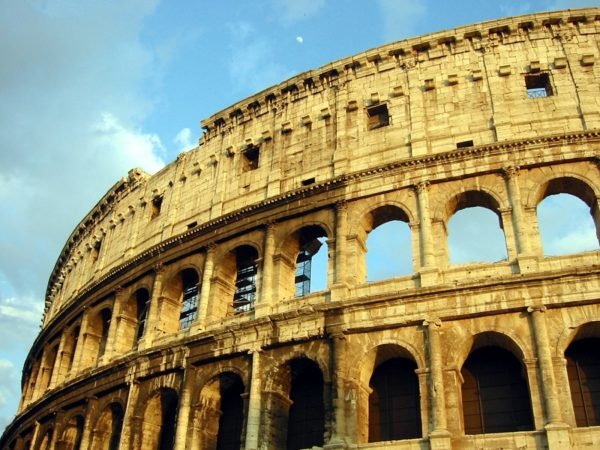
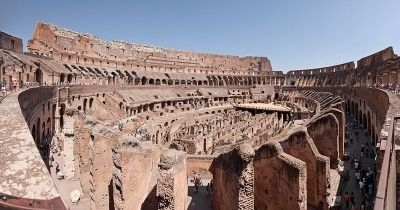 .
.
Great Wall of China, China
The largest defensive structure in the world probably began to form in the 6th century BC. It was to cover northern China against nomadic Mongolian peoples and guard the nearby Silk Road. The system of defensive walls, forts and watchtowers stretched from Shanhaiguan to the Jiayuguan pass near Yumen. Strengthening was gradually built over 17 centuries. The merger of the buildings into one team took place around 221-210 BC. Defense information was sent via the smoke signals and fires throughout the country. The wall was repeatedly expanded and modernized. In the period of splendor the building was over 7,600 km long. Currently, the greater part of it is destroyed and gradually rebuilt. From among a dozen or so preserved sections, with a total length of about 2,500 km, in the Beijing area, 6 small fragments were made available to tourists (Badaling, Jinshanling, Simatai, Huanghua, Juyongguan, Mutianyu). The most popular in Badaling was rebuilt especially for visitors. The Mutianyu episode is definitely less crowded. The wall, which runs along the ridges of mountain ranges at an altitude of approx. 1000 m above sea level, is visible in photographs taken from spacecraft 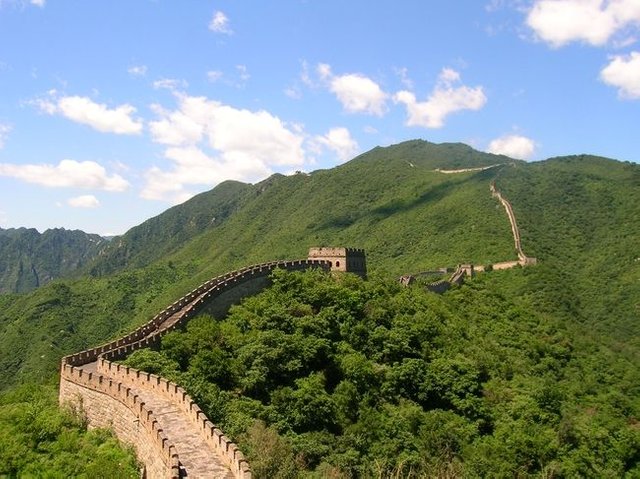
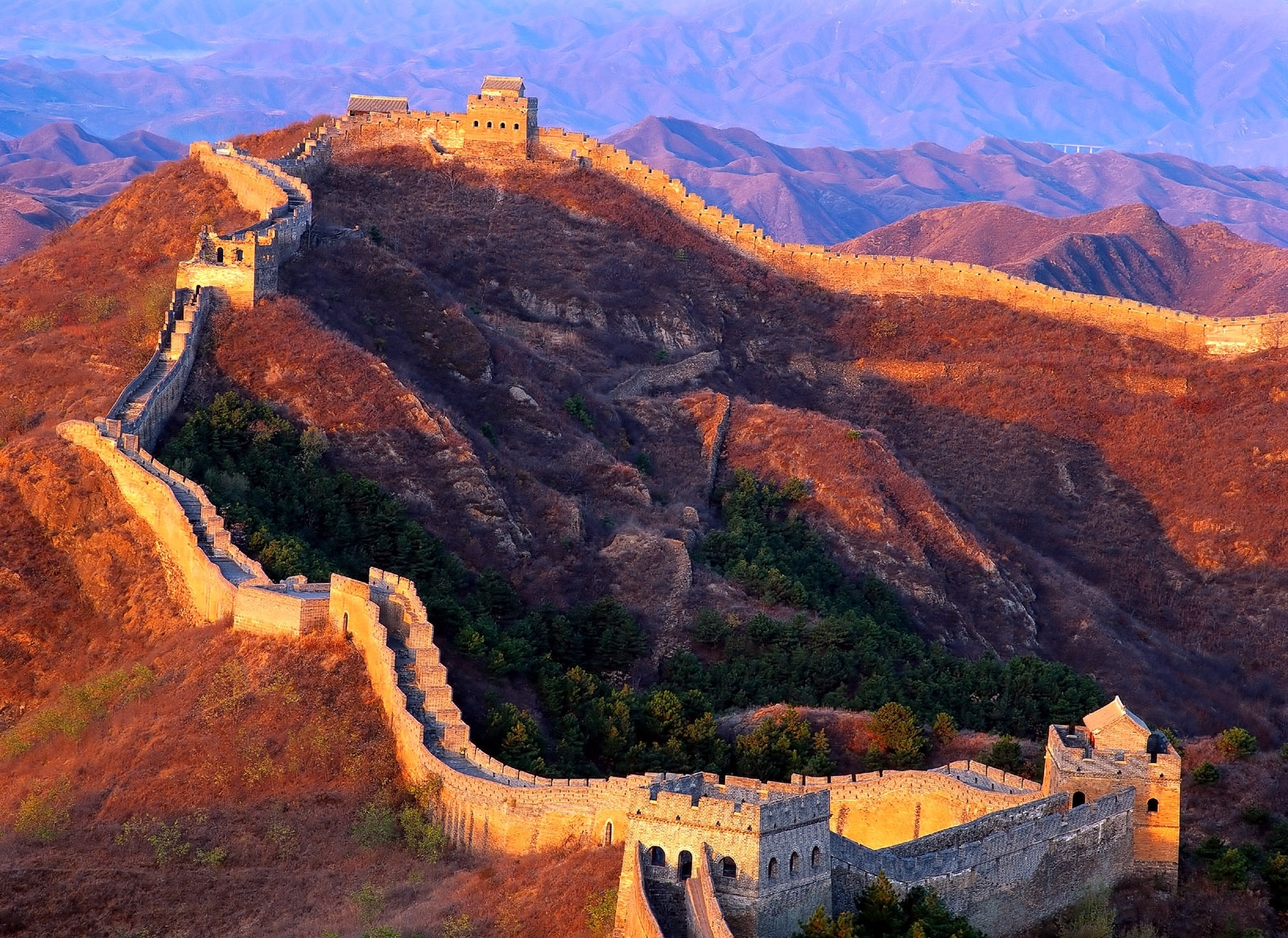
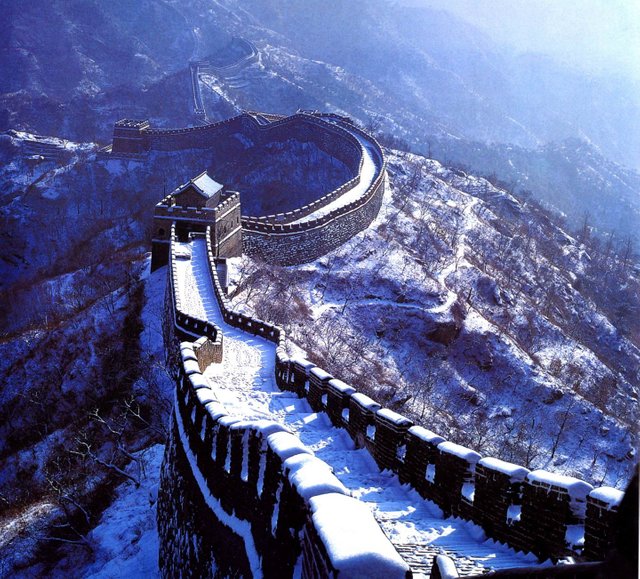
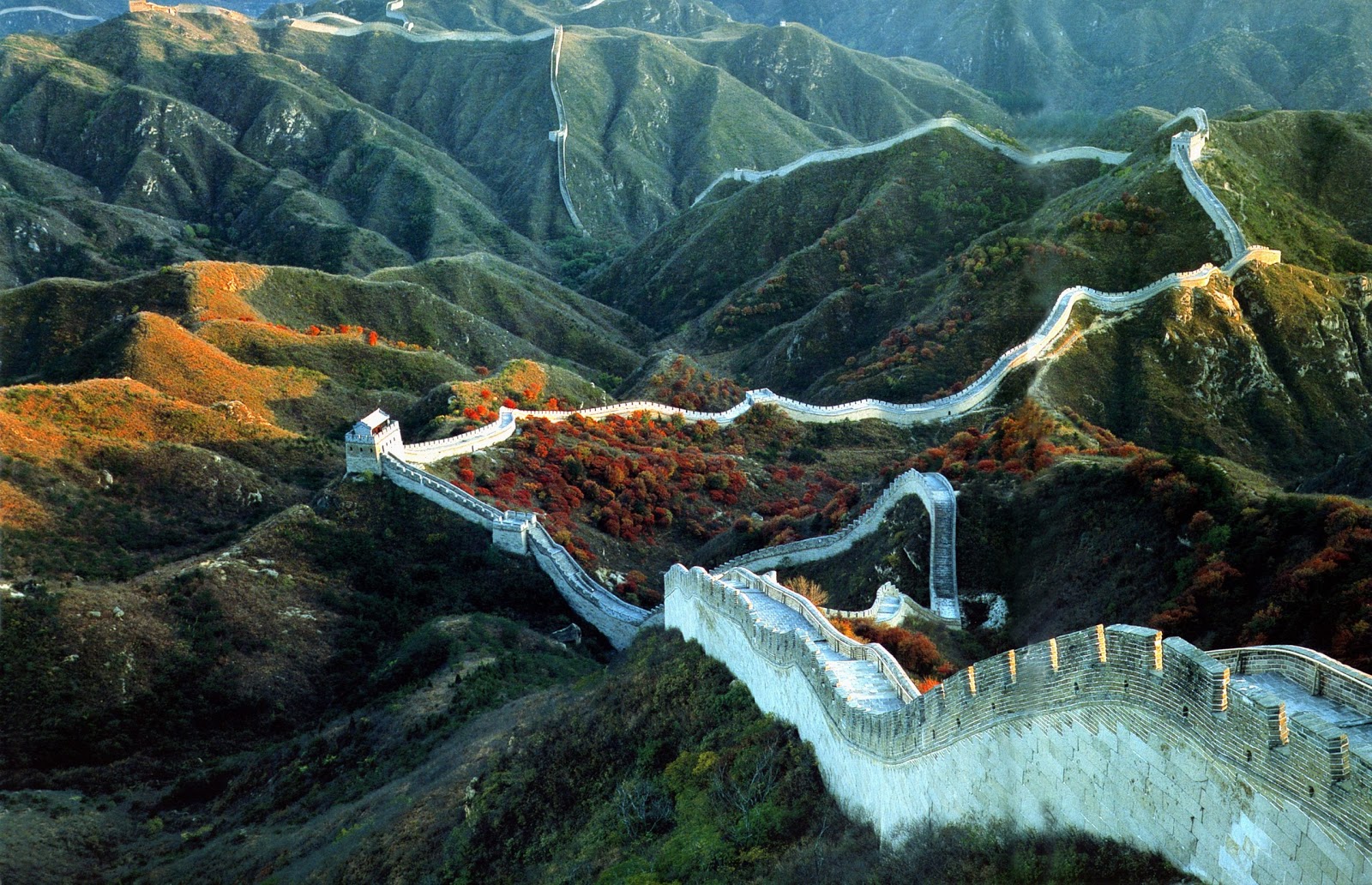 .
.
Chichen Itza, Mexico
One of the seven new wonders of the world was also announced Pre-Columbian city founded in the IV-VI century on the Yucatán peninsula. Its buildings show typical features of the Mayan architecture - low stone buildings with smooth walls. We will find here the remains of several temples in which sacrifices were made. Preserved monuments in the older part of the city (southern and western) are associated with the culture of the Maya, while in the northern part - with the culture of the Tolteks. In the years of its glory, about 35,000 people lived in the village. The final urban layout and the largest buildings come from the period of Toltek's influence (after 900). An interesting fact is the 150 m long pitch that was used for ritual playing in Ullamalitzli. The tribes of pre-Columbian Mesoamerica and South America used hard rubber balls made of chicle trees for this game. It was raised with the hip or thigh, trying to pass through one of the stone rings hung on the wall, at a height of 4 m.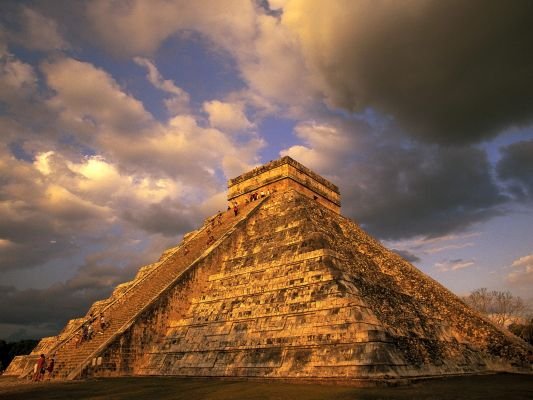
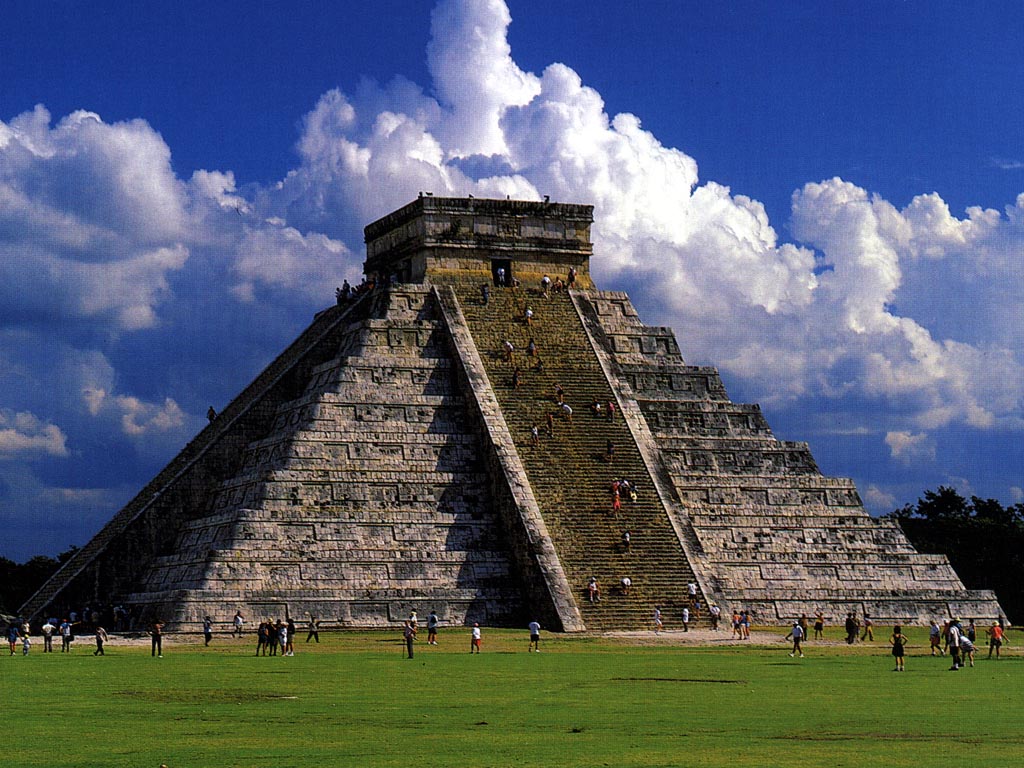
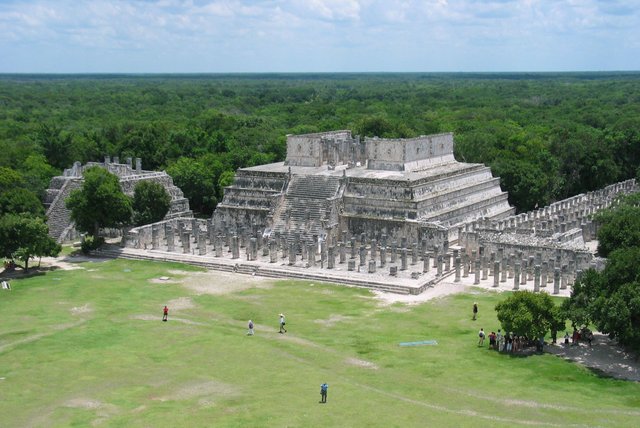 .
.
Petra, Jordan
In the upland, semi-arid area in southwestern Jordan there are ruins of the city. We will find in it impressive buildings, carved in a multicolored rock. On the plateau in the western part of the Jabal ash-Szara massif in the period from the third century BC until the 1st century AD the ancient capital of the Nabatean kingdom has grown. Located at the crossroads of trade routes, Petra experienced the greatest period of its magnificence. At that time 20-30 thousand lived in it. people. The remains of these times are the gigantic amphitheater. The valley of Petra crosses the bed of the interim river - Wadi Musa. Because the surrounding streams provided water for a small number of inhabitants, the Nabataeans created a water supply system and huge cisterns carved in the rocks. It was thanks to the ability to create the necessary water reserves during the hot summer, and a larger population population could be created here. Some of the reservoirs created at that time function to this day. Only a narrow and easy to defend road through the As-Sik Gorge led to the rocky valley. It is 1.5 km long, sometimes only 3 m wide and the walls are high even 180 m. In the following centuries, the city was expanded according to patterns taken from other cultures. A characteristic feature of Petra is the original combination of native architectural styles with Egyptian, Syrian, Greek and Roman solutions. The most valuable monument of Petra is Skarbiec (Al-Khazaneh).
After the damage caused by strong earthquakes in the 4th and 5th centuries and as a result of changes in trade routes, the city did not return to its former power and eventually became depopulated. For centuries, Petra was known only to local peoples. Its ruins were rediscovered only in 1812 by the traveler, geographer and British spy J. L. Burchardt 
